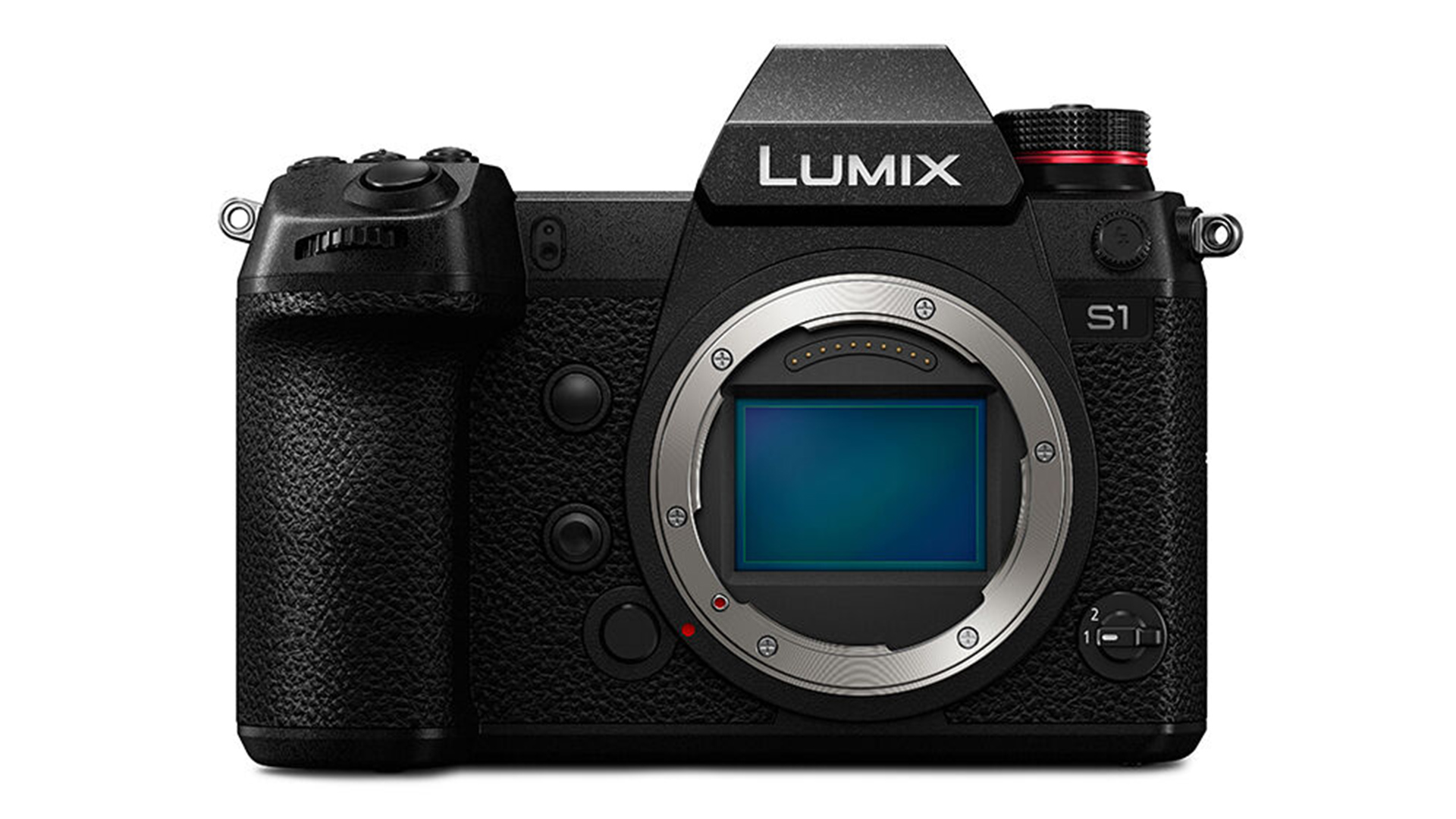
Rumours have been flying around about a Lumix S1 successor for a long time now, but recently Panasonic opened up about what the company might be planning for it.
The Shanghai P&I 2024 show recently took place, and an interview with Panasonic has surfaced that gives some insight into what the company might have in store for the S1 II.
The S1II has been awaited for a long time, with the original camera being released at the tail end of 2018, making it six years old. In technology terms the original S1 is now pretty old, but it is still an incredibly capable camera, producing an image in stills and video that more than holds its own, even up against the latest models.
What lets it down is the contrast detection autofocus and the comparatively slower stills burst rate versus the latest cameras. Furthermore, it could do with being able to record ProRes internally, and maybe have a lighter body.
Panasonic Lumix S1II
In an interview that was spotted by Asobinet, Panasonic appeared to give some clues about a potential specification, as well as the reason why the new camera is taking so long to come to market.
Apparently Panasonic isn't happy with the current specifications of the camera, wanting to aim for 8K video recording at 60P minimum, although 30P was mentioned as a possible compromise. 120P was also mentioned, although this would take time to develop and may not be possible. Additionally, it was mentioned that Panasonic and Arri will continue to work closely together in light of the inclusion of Arri LogC3 on the GH7.
Recent rumours have also suggested that the S1 successor may be based upon the same 60MP Sony sensor found in the Leica SL3. This would seem to tally with the interview mentioned above, given that the SL3 can record 8K video, albeit with a crop. It can also take stills bursts at up to 15fps in 60MP DNG raw, which would be a significant increase over the original S1.
However, what remains to be seen is whether the S1 can remain an 'affordable' option. On its release, the S1 was a camera that not only produced class leading imagery, it was also relatively affordable compared with the competition at the time. Mirrorless cameras have increased in price quite substantially over the subsequent years since its release, so it will be interesting to see if an S1II is still kept within the realms of general affordability, or whether we're looking at Leica SL3 type pricing as well as specification.
It's a testament to how good the existing S1 is that it is taking so long to develop a worthy successor. Although, given the time that L Mount has been in existence, the choice of lenses available still falls well short of the likes of Canon and Sony, and even Nikon. Fast L-mount lenses tend to be very bulky and heavy in comparison to rival mounts as well. In particular, the L-mount system still lacks a good choice of telephoto lenses. Apparently, Panasonic is looking into this, but it's an issue that needs to be addressed if it is ever to reach the popularity of alternative systems.
*Edited to clarify some technical aspects of the SL3.
Tags: Production Featured Cameras mirrorless


Comments